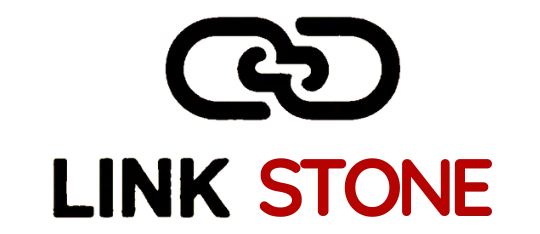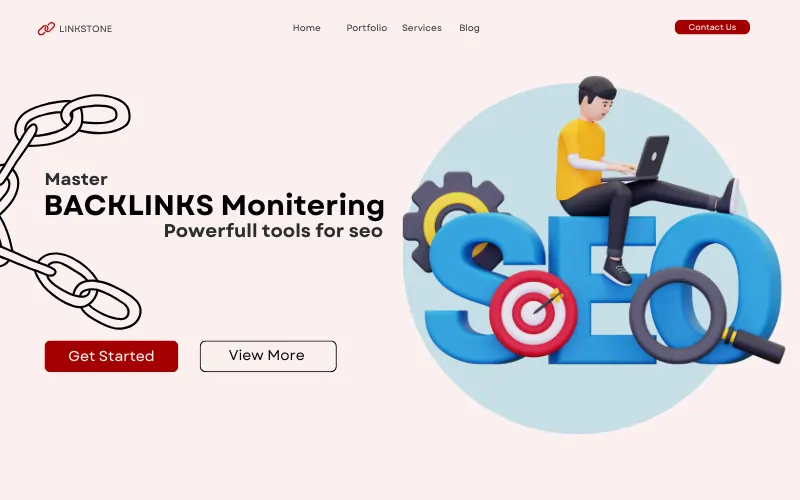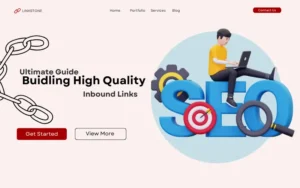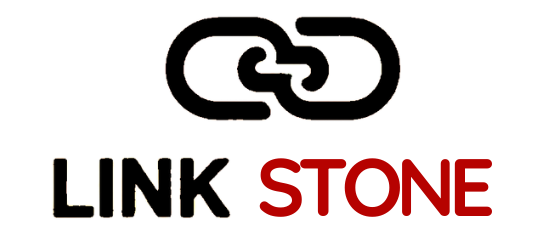Picture This: Why Backlinks Matter
Imagine your website as a popular local restaurant trying to earn a spot in the city’s food guide. Search engines like Google play the role of the critic, deciding if your site deserves top rankings or just blends into the crowd. The links from other sites pointing to yours are like glowing reviews. They signal to Google that your site is valuable and trustworthy.
But here’s the catch: not every review counts the same. Links from respected, relevant sites can push your rankings higher, while spammy or irrelevant links can damage your reputation. That’s why backlink management is so important, and monitoring tools are the essential gear to keep your profile clean, strong, and competitive.
Why Backlink Management Is Crucial for SEO
Backlinks are endorsements, but not all endorsements carry weight. Here’s why managing them is a non-negotiable part of SEO:
- Maintain Authority
Links from quality websites boost credibility and signal to Google that your site deserves visibility. - Detect Harmful Links Early
Toxic backlinks from low-quality sites can quietly drag down rankings. Spotting them early keeps your SEO safe. - Avoid Google Penalties
Google is strict about spammy link patterns. Regular audits ensure you don’t fall into penalty territory. Research even shows that a clean link profile can improve keyword rankings by up to 20%.
Top Tools for Backlink Monitoring
There are plenty of backlink tools out there, but only a few deliver reliable results. Here are the best of the bunch:
1. Ahrefs Backlink Checker
Ahrefs is widely considered the gold standard. It provides detailed insights like:
- Total backlinks and referring domains
- Domain Rating (DR) and URL Rating (UR)
- Anchor text distribution
- Historical link data
For agencies or site owners managing multiple domains, Ahrefs’ bulk checker is a massive time saver.
2. Moz Link Explorer
Moz has been trusted in SEO for years. Its Link Explorer helps with:
- Spam Score for identifying risky links
- Page Authority (PA) and Domain Authority (DA)
- Tracking new and lost backlinks
That Spam Score is especially useful for spotting potentially harmful links before they impact rankings.
3. Majestic SEO
Majestic focuses almost exclusively on backlinks. Its Trust Flow and Citation Flow metrics measure link quality, while its visual graphs help map out your backlink network.
4. Other Useful Platforms
Tools like LinkResearchTools, Linkody, and Monitor Backlinks bring added functionalitytracking anchor text usage, sending alerts for new links, and reducing manual monitoring time significantly.
Tracking Referring Domains and Toxic Links
Referring domains’ websites linking to you form the backbone of your SEO authority. Monitoring them reveals which sites are boosting your credibility and which ones might be harming it.
Good tools allow you to sort referring sites by relevance, traffic, and authority. But when toxic links appear (for example, from spammy blogs or irrelevant directories), quick action is needed. You can:
- Contact the site owner to request removal
- Use Google’s Disavow Tool to tell Google to ignore the link
Routine checks keep your profile as strong and trustworthy as possible.
Bulk Checking for Faster Insights
If you manage multiple sites or research potential link opportunities, bulk checking tools are invaluable. They let you enter dozens of URLs at once and instantly get metrics like DR, backlink counts, and authority scores.
Bulk checking is especially useful for:
- Identifying competitor backlink strategies
- Finding quality guest posting opportunities
- Filtering out spammy sites before outreach
It’s the quickest way to separate valuable prospects from risky ones.
How to Conduct a Backlink Audit
A backlink audit is essentially a deep clean for your website’s link profile. Here’s a simple step-by-step process:
- Choose a Tool – Ahrefs, Moz, or Majestic work best.
- Export Data – Collect all current backlinks pointing to your site.
- Segment Links – Organise by referring domains, anchor text, or authority.
- Identify Red Flags – Watch for spammy sites, irrelevant anchor text, or sudden unnatural spikes.
- Take Action – Request removal or disavow harmful links.
- Repeat Regularly – Monthly or quarterly audits ensure your profile stays healthy.
Real-Time Monitoring: Staying Alert
Think of backlink monitoring like keeping an eye on your online reviews. Tools can notify you about:
- New backlinks gained
- Lost or broken backlinks
- Spammy links attempting to creep into your profile
Setting up email alerts ensures you’re never caught off guard by a negative SEO attack or unexpected link drop.
Why Investing in Tools Is Worth It
While premium backlink tools may seem costly, they save countless hours and protect your SEO investment. More importantly, they provide insights you can’t easily replicate manually.
For example:
- Ahrefs can flag toxic links before they cause harm.
- Moz’s Spam Score acts like a quality inspector.
- Majestic’s visual maps highlight your strongest backlink connections.
Together, they give you a clear roadmap to strengthen and safeguard your SEO.
Final Thoughts: Backlink Management Done Right
Backlink management isn’t about collecting as many links as possible’s about curating the right ones. Quality links build trust with search engines, while toxic ones put your rankings at risk.
With tools like Ahrefs, Moz, and Majestic, you can stay on top of every new link, clean up harmful ones, and maintain a healthy backlink profile. The result? A site that steadily climbs rankings and holds its ground against competitors.
In short: track, audit, and refine. Do that consistently, and your website will shine in search results, backed by a strong and trustworthy backlink profile.






